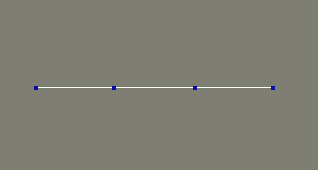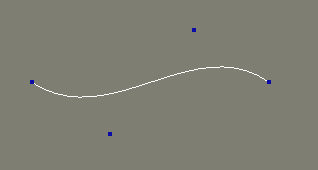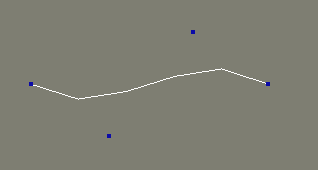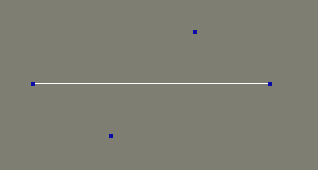3D Animation Workshop: Lesson 37: Softimage--Introducing NURBS Surfaces
|
|
Lesson 37 - Softimage--Introducing NURBS Surfaces - Part 1
It may seem peculiar to begin a lesson on Softimage with some words about another program, but the announcement of the new Inspire 3D from Newtek can't be ignored. Newtek, of course, is the maker of Lightwave 3D, one of the most important professional 3D applications. At less than $2,000, the 5.5 version of Lightwave is the least expensive fully professional modeling and animation package, and is a very outstanding product indeed. But Newtek has now taken a revolutionary step that I have been long expecting to appear in the marketplace. Newtek's new Inspire 3D offers (from what I can tell) the vast majority of Lightwave's features, but will be priced at only $495. I have stressed in previous columns the established difference between the low-end and high-end packages on the market, and have also noted that the low-end programs are quickly catching up with more powerful features. But Newtek is the first of the high-end providers to position a respected professional product at a price point that makes it affordable to an vastly larger audience. The company is apparently betting on something that I am already convinced of--that a large number of people, professional graphics artists and amateur enthusiasts alike, would love to try their hand at real 3D tools if they could afford to make the leap. If Kinetix (Autodesk) is smart, they'll roll out a 3D Studio Max "Lite" at an comparable price, so that the emerging user base doesn't get hooked into Newtek products.
Back to NURBS. In the previous lesson we examined the possible forms of splines available in Softimage and demonstrated (in a highly abbreviated way) the advantages of NURBS over the lower classes of curves. In this lesson, we will move from curves to surfaces. We'll stick only to NURBS, but that does not mean that the other classes of splines cannot be used for surfaces as well, and in may of the same ways. We will focus on NURBS surfaces only because, as a practical matter, they are much more important that surfaces composed of other splines.
Let's start with a single NURBS segment. When you're working with concepts as sophisticated as those found in NURBS modeling, you've got to get your terminology straight. I'll be using the language used in the Softimage documentation, which is not always the same as that used elsewhere (or that used by graphics programmers and university types). A NURBS curve in Softimage is composed of "segments" joined at points called "knots." If the segments flow smoothly through the knots, you can't see the knots at all. The simplest NURBS curve is therefore a single segment. The example below, being a NURBS of "cubic" degree (the most flexible type), requires four control points to establish our single segment.

With all our points lined up in a row, the result is a straight line. If we move the two middle control points up and down, we see that we have a flexible curve.

Note that the NURBS curve is always an mathematical ideal described by an equation. For display and rendering, this ideal must be compromised. A certain number of points on each segment are precisely determined and then connected by straight line segments, called "steps" in Softimage. In the last example, the curve (a single segment) was divided into 20 steps, and the result looked smooth enough for practical purposes. But if the segment is divided into only 5 steps, the "piecewise linear" nature of the displayed curve becomes obvious.

To go to extremes, we can set the step value to 1 to get back to a straight line, regardless of the position of the middle control points. By setting the step value to 1, we can see that this NURBS curve is only a single segment.

Let's take all this into another dimension.
| To Continue to Parts 2 and 3, Use Arrow Buttons |
|
Created: March 30, 1998
Revised: March 30, 1998
URL: https://webreference.com/3d/lesson37/


 Find a programming school near you
Find a programming school near you